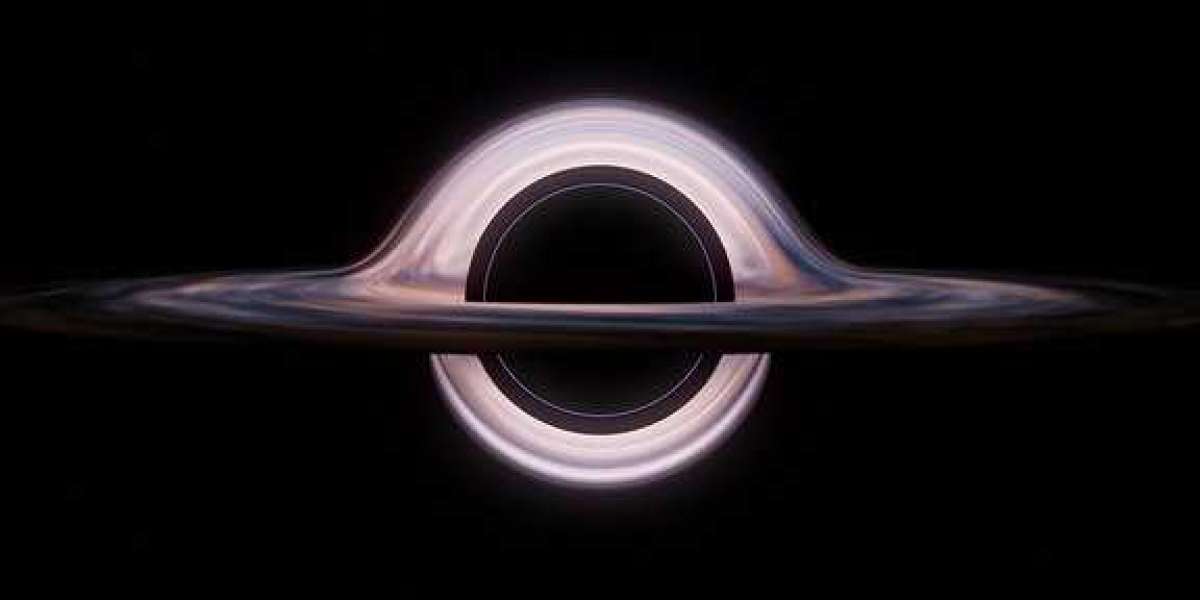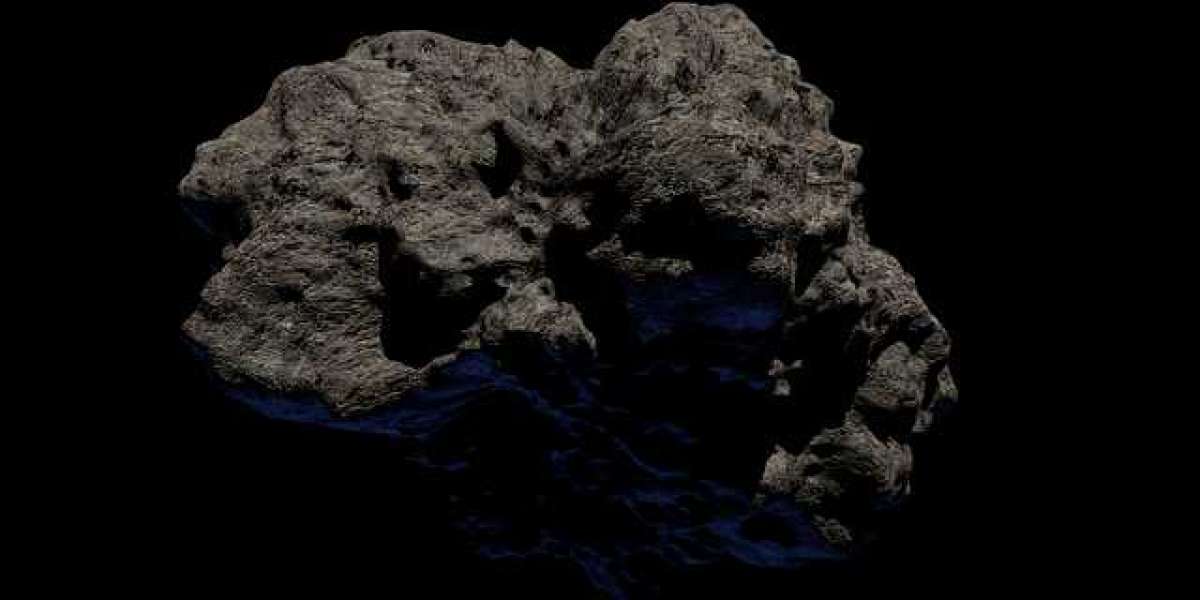An international team of scientists has discovered a star-sized black hole hiding in a star cluster outside the Milky Way. According to their study published in the Monthly Notices of the Royal Astronomical Society , a celestial object called NGC 1850 BH1 is about 11 times more massive than our Sun and is 160,000 light-years away in a neighboring galaxy, the Magellanic Cloud.
Researchers say that in the past, black holes were seen in other galaxies by capturing X-rays that were emitted when they ate matter, or by capturing gravitational waves that happen when black holes collide with each other or with neutron stars. At the same time, they said that most black holes of stellar mass don't show up through X-rays or gravitational waves.
The team came up with a new way to find the black hole. They looked at how the black hole affects the movement of the star in its vicinity.
People think the research shows that Albert Einstein's theory of relativity is true. He said more than 100 years ago that the gravitational force of black holes could bend light around them.
Sara Saracino, who led the study, says that like Sherlock Holmes, we look at every single star in that cluster with a magnifying glass in one hand, trying to find some evidence of black holes but not seeing them directly. This is similar to how Sherlock Holmes follows a criminal gang out of their wrong footsteps.
Astronomers are also excited about this discovery because it's the first time a black hole has been found in a cluster of young stars, which is about 100 million years old. This is like the blink of an eye to astronomers.
People who study black holes say that with their method, astronomers can find more of these mysterious celestial objects and learn more about them, like how they formed. Scientists may also be able to learn more about the source of gravitational waves from new research.



